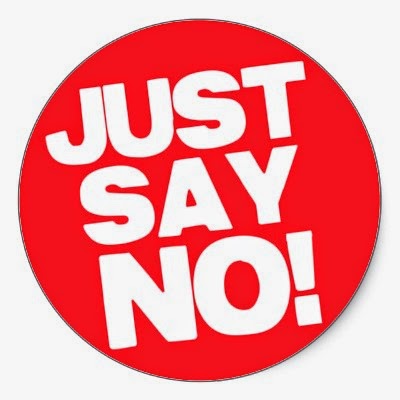In the years leading up to the 1980 Winter Olympics, the Soviet Union had dominated international hockey, winning gold medals in every Olympics since 1964. The United States team, on the other hand, had never won a gold medal in hockey and had not medaled at all since the 1960 Winter Olympics. Despite this, Brooks and his team were determined to make a statement and prove that they could compete with the best in the world.
To prepare for the Olympics, Brooks put the team through rigorous training, including intense physical conditioning and drills designed to improve their on-ice skills. He also implemented a strict system of discipline and accountability, demanding that each player give their all in every practice and game.
The team's hard work paid off as they cruised through the early rounds of the Olympics, defeating teams from Norway, Romania, and West Germany to advance to the medal round. In their final game of the preliminary round, the United States faced off against the heavily favored Soviet Union, a team that had defeated them 10-3 just months earlier in an exhibition game.
Despite being heavy underdogs, the United States team played with grit and determination, shocking the Soviet Union with a 4-3 victory. The game, which has been dubbed the "Miracle on Ice," is remembered as one of the greatest upsets in sports history. The United States team went on to win the gold medal, defeating Finland in the championship game. The team's victory was hailed as a major upset and a major triumph for American sports. The team was welcomed home as heroes and the game was broadcast on television to a national audience, becoming one of the most watched events in American television history. The 1980 United States Olympic hockey team is remembered as a symbol of hope and determination in the face of overwhelming odds. The team's victory over the Soviet Union was seen as a victory for the United States during a time of Cold War tensions and a symbol of American resilience and determination. The team's legacy lives on as a reminder of the power of teamwork, perseverance, and determination.





















